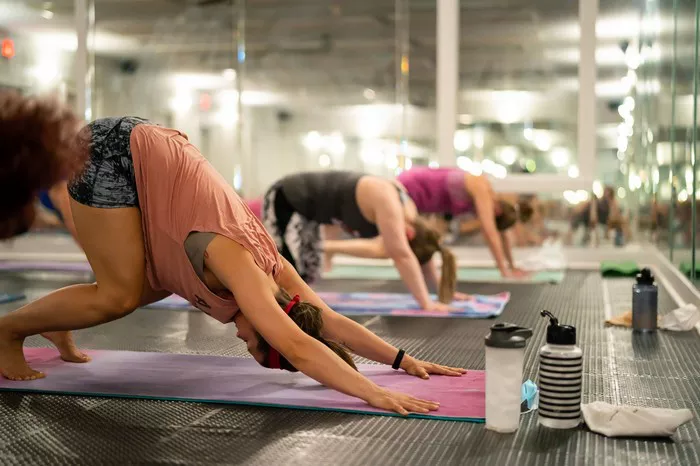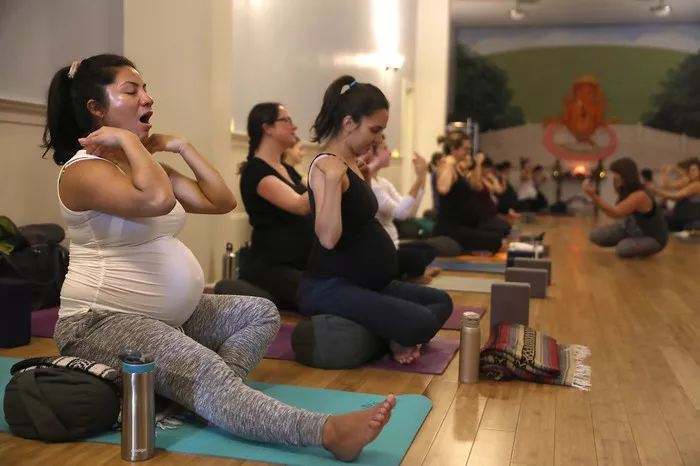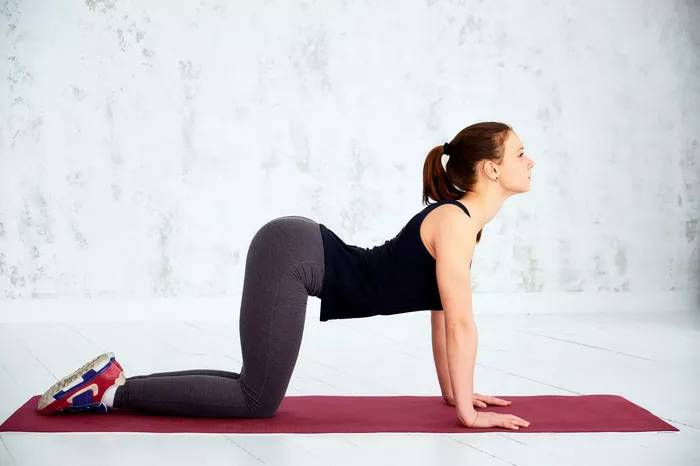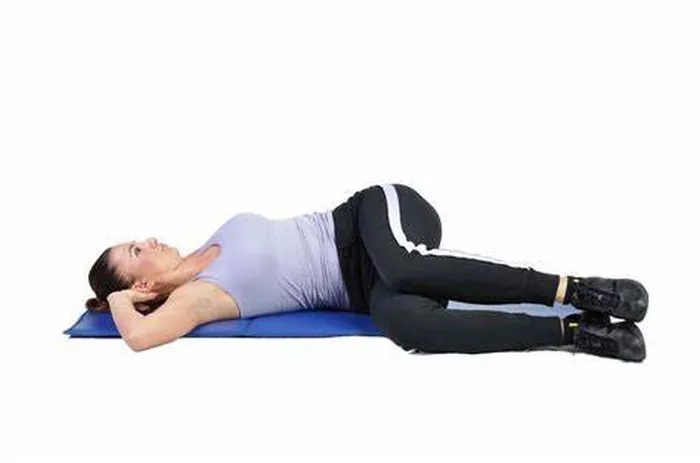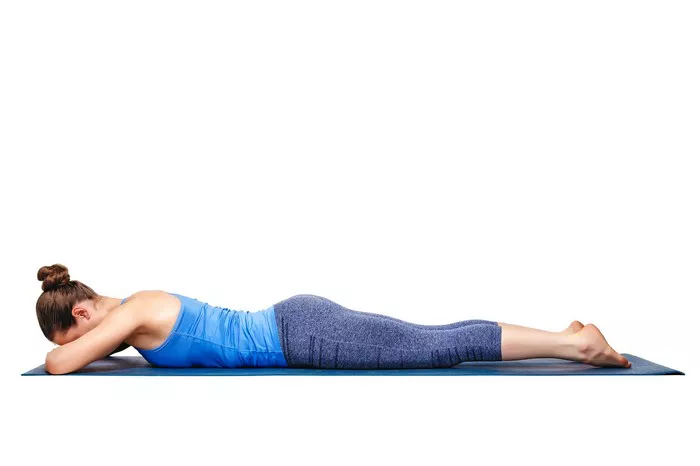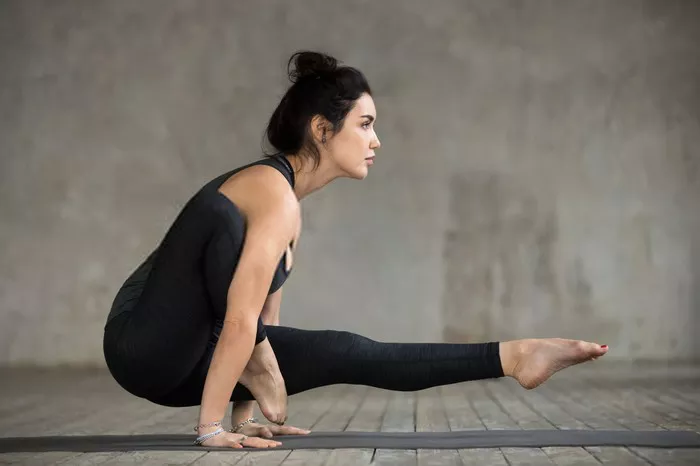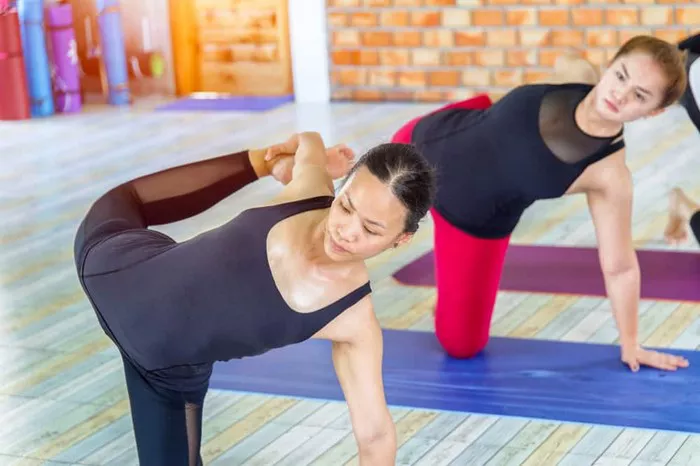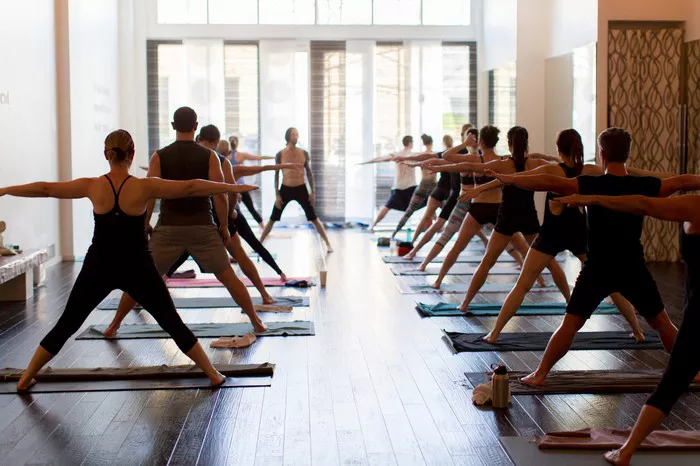Kriya Yoga is a spiritual discipline that integrates specific techniques of meditation, breath control, and movement, leading practitioners toward self-realization and a deeper connection with the divine. Rooted in ancient Indian traditions, Kriya Yoga was popularized by the great yogi Paramahansa Yogananda in the early 20th century, though its origins date back much further.
At its core, Kriya Yoga is about the conscious control of life force energy (prana) through advanced practices that enhance self-awareness, deepen meditation, and ultimately lead to enlightenment. The practice is highly structured and is typically divided into four stages. These stages serve as a guide to progressive mastery and transformation, each stage offering its own set of benefits and challenges. In this article, we will explore these four stages of Kriya Yoga in detail.
1. Pranayama: The Control of Breath and Energy
The first stage of Kriya Yoga is Pranayama, which refers to the control and regulation of breath. The term “Prana” means life force, while “Yama” means control or regulation. Pranayama is a vital practice in Kriya Yoga as it serves as the foundation for further spiritual development.
In this stage, practitioners learn how to regulate the breath in order to calm the mind, reduce distractions, and increase awareness of the body. The breathing techniques used in Kriya Yoga are designed to help control the flow of prana within the body, thereby optimizing the functioning of the mind and nervous system. One of the main goals of Pranayama is to harmonize the body’s energy system and create a sense of balance.
Key Pranayama Techniques:
Kapalbhati: This is a breathing technique that involves forceful exhalations followed by passive inhalations. It is said to help cleanse the respiratory system and energize the body.
Anulom Vilom: Also known as “alternate nostril breathing,” this technique balances the flow of prana between the two nostrils, promoting calm and clarity.
Bhastrika: This is a powerful breathing exercise that involves rapid inhalations and exhalations, increasing the energy and heat in the body.
By practicing Pranayama regularly, practitioners can clear mental clutter, calm the nervous system, and improve overall energy levels. It also helps prepare the mind and body for deeper meditation, which is central to the later stages of Kriya Yoga.
2. Pratyahara: Withdrawal of the Senses
The second stage of Kriya Yoga is Pratyahara, which translates to “withdrawal of the senses.” In this stage, practitioners begin to detach themselves from the external world and its distractions. The senses—sight, hearing, touch, taste, and smell—are constantly drawing attention outward. Pratyahara teaches the practitioner how to turn the attention inward, away from sensory stimuli, and focus on the inner experience of consciousness.
Pratyahara is crucial because it lays the groundwork for deeper meditation by allowing the mind to quiet and become less influenced by external events. As a result, the practitioner experiences a greater sense of inner peace and calmness. The ability to withdraw from sensory distractions is a significant milestone in the yogic journey, as it opens the door for deeper spiritual practices like dharana (concentration) and dhyana (meditation).
Techniques for Practicing Pratyahara:
Sensory Detachment: Practitioners can engage in periods of silence, turning off external distractions such as television, social media, or even talking with others. This practice trains the mind to let go of sensory stimulation and focus inward.
Visualization: Using visualization techniques during meditation, such as imagining a serene landscape or the flow of prana through the body, helps redirect attention inward.
Pratyahara is not about rejecting the world but about gaining control over sensory perception. By mastering this stage, practitioners are able to cultivate a sense of self-control and mental clarity that becomes crucial for deeper meditative states.
3. Dharana: Concentration and Focus
Once the practitioner has gained control over their breath and senses, the next stage of Kriya Yoga is Dharana, or concentration. Dharana is the practice of single-pointed focus on an object, sound, or thought. It is the ability to concentrate the mind on a specific object without distraction. This stage is where the mind’s restless nature is tamed and refined, allowing the practitioner to maintain a high level of mental clarity.
The process of concentration is not merely about focusing on one thing but also about learning to maintain that focus without interference from wandering thoughts. As concentration deepens, the practitioner enters a state of deep inner peace, where distractions no longer disturb the flow of meditation. This heightened focus allows the practitioner to experience a greater sense of unity and connection with the object of concentration.
Techniques for Practicing Dharana:
Focus on the Breath: One of the most common techniques in Dharana is to focus on the breath, noticing the subtle sensations of inhalation and exhalation. This practice helps quiet the mind and cultivate deep concentration.
Mantra Repetition: Chanting or silently repeating a mantra is another popular technique in Dharana. By focusing on the vibrational sound of the mantra, the practitioner’s mind becomes absorbed, reducing mental chatter.
Visualizing Light or Symbol: Some practitioners focus on a specific symbol, like the third eye or an image of a deity, to center the mind. Visualization helps strengthen the concentration and facilitates deeper states of meditation.
Dharana prepares the mind for the next stage, Dhyana (meditation), as it enables the practitioner to maintain a consistent and unwavering focus, making the transition to deeper states of consciousness smoother.
4. Dhyana: Deep Meditation and Union with the Divine
The fourth and final stage of Kriya Yoga is Dhyana, or meditation. In this stage, the practitioner’s concentration deepens to the point where the distinction between the self and the object of meditation begins to dissolve. Dhyana is the state of profound inner stillness, where the mind is no longer disturbed by external thoughts or emotions. It is often described as the state where the practitioner experiences oneness with the divine or the universal consciousness.
While in Dhyana, there is no sense of separation between the meditator and the object of meditation. The practitioner becomes absorbed in pure consciousness, experiencing a state of bliss and union with the divine. This stage is considered the culmination of Kriya Yoga practice, where the ultimate goal of self-realization or enlightenment is achieved.
Techniques for Deepening Dhyana:
Focused Attention on the Third Eye: One technique used in Kriya Yoga for deep meditation is focusing on the “third eye” or the space between the eyebrows. This practice is believed to activate the higher chakras and bring about a deeper sense of awareness.
Breath Awareness: Deep meditation often involves observing the natural rhythm of the breath, allowing the practitioner to enter a state of deep inner peace and oneness.
Yoga Nidra: Some practitioners use a state of conscious relaxation called Yoga Nidra to enter a deeply meditative state. It helps quiet the mind and prepares the body for profound meditation.
Dhyana is not just a mental activity; it is an experience of complete surrender and alignment with the divine. It is through this deep meditation that the yogi transcends the ego and experiences the unity of all existence.
Conclusion
By progressing through these stages, practitioners of Kriya Yoga can deepen their awareness, enhance their spiritual connection, and ultimately reach a state of enlightenment. Kriya Yoga is not just a series of practices but a way of life—a path toward awakening to one’s true nature and experiencing the profound peace that lies within.
The practice requires discipline, dedication, and patience, but the rewards are immense. The deeper the practice, the closer one moves toward the ultimate goal of self-realization, where the practitioner experiences divine presence in every aspect of life.
Related Topics:

